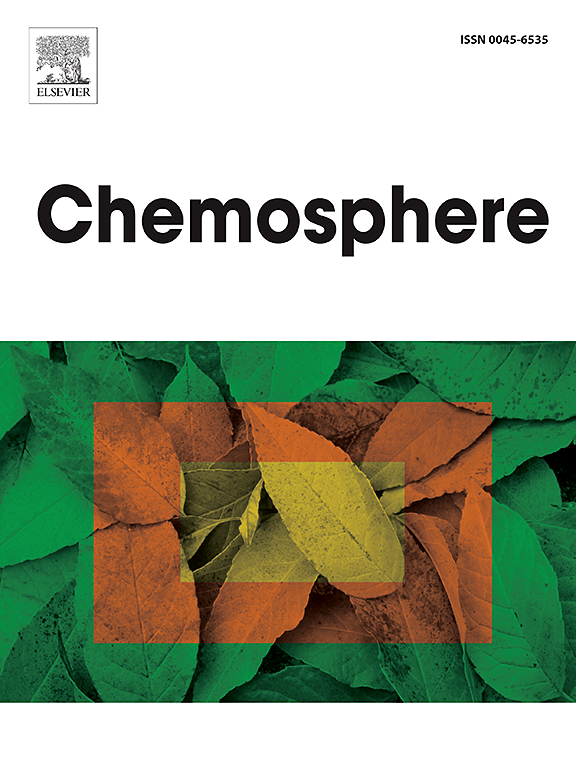Synergistic optimization of bioretention cells for antibiotic removal and denitrification by iron-copper bimetallic catalytic system with Phalaris arundinacea
IF 8.1
2区 环境科学与生态学
Q1 ENVIRONMENTAL SCIENCES
引用次数: 0
Abstract
Bioretention cells have been less studied for treating stormwater runoff and removing antibiotics and denitrification. In this experiment, bioretention cells with iron-copper bimetallic catalysis and Phalaris arundinacea were constructed and synergistically optimized. The performance of antibiotic removal and denitrification under single and compound antibiotic stress was investigated, and the microecological environment of the system was analyzed. The results showed that under single and compound antibiotic stress, the removal rates of ofloxacin (OFLX) and tetracycline (TC) reached 91.69 %–99.57 % and 95.96 %–99.74 %, respectively. The TN and NH4+-N removal rates were 68.74 %–74.90 % and over 71.15 %, respectively. Rhodanobacter, Zoogloea and Holophaga played important roles in antibiotic degradation and denitrification. Denitrification functional genes nirS, norB, nosZ and narG showed a trend of decreasing relative abundance under the influence of antibiotics. These results suggested that bioretention cells can remove antibiotics and nitrogen by affecting microbial and denitrification gene changes. These findings provided a reference for performance optimization and practical application of bioretention cells in the field of antibiotic removal and nitrogen removal.

环蕨铁铜双金属催化体系生物保留细胞对抗生素去除和反硝化的协同优化
生物保留细胞在处理雨水径流、去除抗生素和反硝化方面的研究较少。本实验构建了铁铜双金属催化的生物滞留细胞,并对其进行了协同优化。考察了单一和复合抗生素胁迫下的抗菌去除和反硝化性能,并对系统的微生态环境进行了分析。结果表明,在单一和复合抗生素压力下,氧氟沙星(OFLX)和四环素(TC)的去除率分别达到91.69% ~ 99.57%和95.96% ~ 99.74%。TN和NH4+-N去除率分别为68.74% ~ 74.90%和71.15%以上。罗丹诺杆菌、Zoogloea和Holophaga在抗生素降解和反硝化中起重要作用。反硝化功能基因nirS、norB、nosZ和narG在抗生素作用下相对丰度呈下降趋势。这些结果表明,生物保留细胞可以通过影响微生物和反硝化基因的变化来去除抗生素和氮。这些研究结果为生物滞留细胞在抗生素去除和氮去除领域的性能优化和实际应用提供了参考。
本文章由计算机程序翻译,如有差异,请以英文原文为准。
求助全文
约1分钟内获得全文
求助全文
来源期刊

Chemosphere
环境科学-环境科学
CiteScore
15.80
自引率
8.00%
发文量
4975
审稿时长
3.4 months
期刊介绍:
Chemosphere, being an international multidisciplinary journal, is dedicated to publishing original communications and review articles on chemicals in the environment. The scope covers a wide range of topics, including the identification, quantification, behavior, fate, toxicology, treatment, and remediation of chemicals in the bio-, hydro-, litho-, and atmosphere, ensuring the broad dissemination of research in this field.
 求助内容:
求助内容: 应助结果提醒方式:
应助结果提醒方式:


